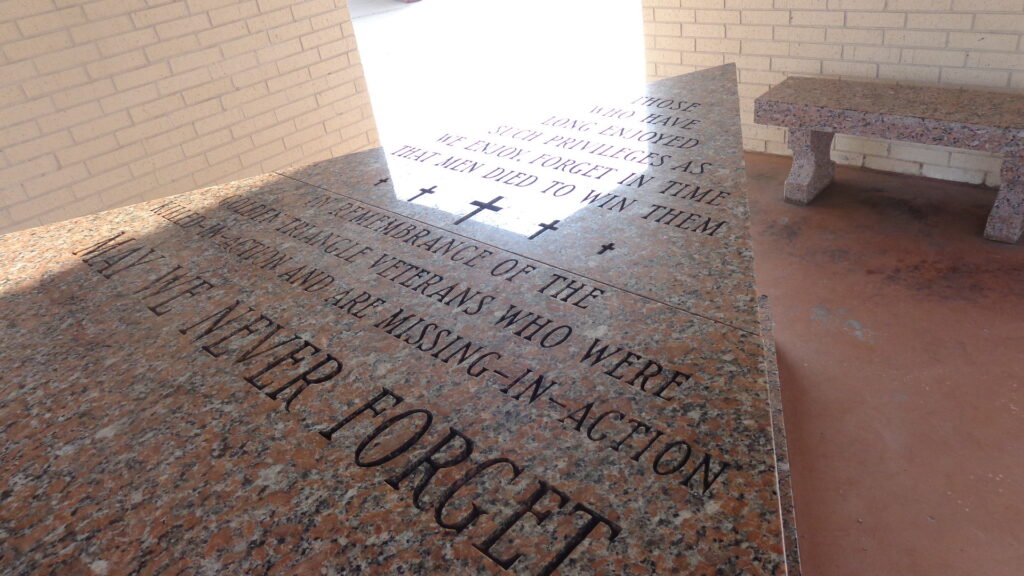
Memorial Day is tomorrow, and there will be many events in the area marking this solemn holiday. As I mentioned before, I kind of get confused with November 11 because that is the day World War I ended. It is also a day to remember the fallen of the Great War. In the US, we recognize that day to thank our living veterans, while on the last Monday of May we celebrate the veterans who gave everything. I do hope everyone remembers their sacrifice.
There’s an article in the Beaumont Journal dated May 29, 1920, about a monument’s dedication. At the time, the Beaumont Journal raised money to build a memorial in Keith Park in honor of the “Beaumont Boys” who had fallen in the first world war. The monument was later moved and still sits in front of the Beaumont Enterprise building on North Main and Mulberry Street.
There were many monuments/tributes to World War I in this area. One that I recently came across was Memorial Highway, which you may know of as Highway 287, 69, 96. It begins at the seawall in Port Arthur where Highway 69 and 96 split in Lumberton. Another tribute was Berlin Street in Beaumont, renamed Pershing Street after General Pershing, the American Expeditionary Forces commander in the Great War. The street was renamed Foch Street sometime before 1941. I assume this was done was in honor of Ferdinand Foch, the Supreme Allied Commander during World War I. Yet another monument is a 48-star US flag made of cement that is currently in front of the American Legion Post 7 named Rudolph Lambert, after the first soldier from Port Arthur to be killed in France.
The most well-known tribute is the Temple to the Brave, built in 1932. Located at 1350 Pennsylvania in Beaumont, the monument was designed to look like a small English church, and the stained glass is incredible. Today, it functions as a memorial to veterans of all wars. Inside it, there are relics on display that date up to the Gulf War. The monument is only open to the public on Memorial Day, Flag Day (June 14), Patriot Day (September 11), Veteran’s Day (November 11), and Pearl Harbor Day (December 7). It’s worth a visit.
Now that the Historic Homes Tour is over, I can get back to another Historic Tour. The 2nd Annual Historic Magnolia Cemetery Tour is scheduled for October (exact dates coming soon). We hope to bring to light stories from Beaumont’s past—some old and some new. There are nearly 30,000 residents in Magnolia Cemetery, and all of them have stories to tell. Most of these people were not famous. They lived their lives the best they could and did remarkable things away from the limelight of most SETX historians. These are the best stories, and we honor them by retelling them.
I had an interesting conversation today about the Interurban. For those who don’t know, Jefferson County had an electric train that ran from Austin Avenue in Port Arthur to Orleans Street in Beaumont between 1913 and 1932. The train made 19 trips per day, starting at 5:45 a.m. and finishing at midnight. Tickets cost 90 cents for a roundtrip and 50 cents one way; they were prorated for the ten stops between the two cities. The stops along the way included South Park, Spindletop, Nederland, Rice Farm, and Griffing/Pear Ridge. No tracks are left today, but you can still see some of the pathways by the high lines. I have a map of the old depot area at Pear Ridge that kind of explains why 9th avenue is all curvy in front of the Bob Hope School. It was two separate roads at the time. I don’t know the year of the map, unfortunately, but it shows 9th avenue as Avenue E north of the school’s current location and Avenue F to the east, with the tracks in the middle. A Sanborn map from 1930 shows this same setup, but the name is already the current one. Sometime after 1932, the roads were combined by either the powers that be or people taking shortcuts. I think it was the latter.
If you want to know more about our electric train, I have a link at the bottom of this page.
I hate to bring this up, but hurricane season begins next week. Back in 2012, I wrote a piece called The Destructive Side of History, and there have been a few times that I’ve wanted to update it, but each time the Storm Gods keep ridin’ into town. So that idea is on a permanent hiatus. If something does develop, I guess I’ll be like the rest of you—glued to meteorologist Donald Jones’s live sessions on the US National Weather Service Lake Charles Louisiana Facebook page. Fingers crossed.
Until next time, stay safe, and if you see Jim Cantore, the storm god Hurakan is not far behind.
Temple to the Brave: http://www.texasescapes.com/WorldWarI/TempleToTheBrave/TempleToTheBrave.htm
Temple to the Brave photos: https://flic.kr/s/aHsjYptPKZ
Interurban Railway:
https://www.rediscoveringsetx.com/2013/07/10/interurban-railway/
Interurban 100th Anniversary:
https://www.rediscoveringsetx.com/2013/12/15/100th-anniversay-of-the-interurban/
The Destructive Side of History:
https://www.rediscoveringsetx.com/2012/07/12/the-destructive-side-of-history/
When the Storm God Rides by Florence Stratton and Bessie Reid:

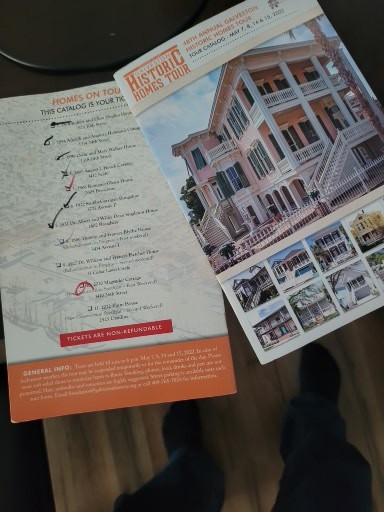
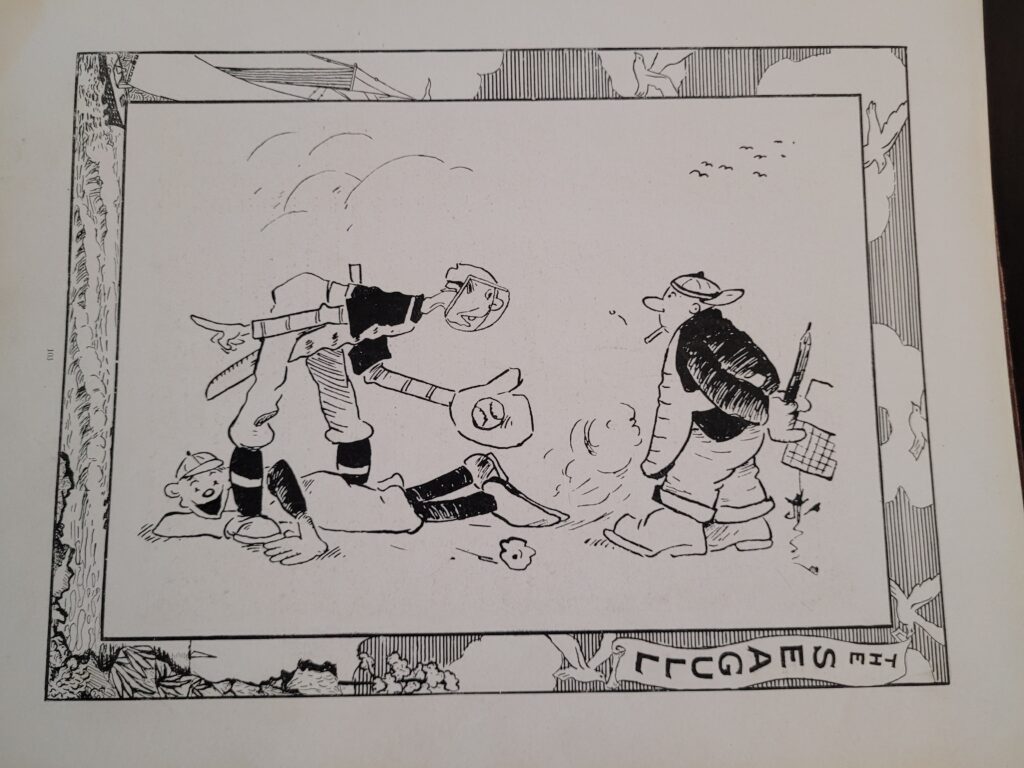
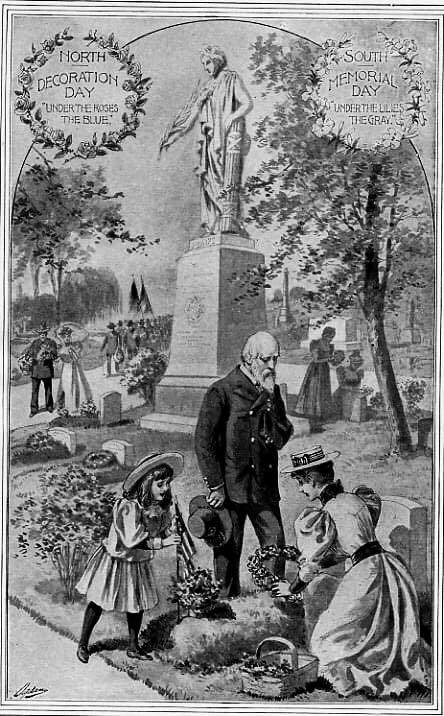
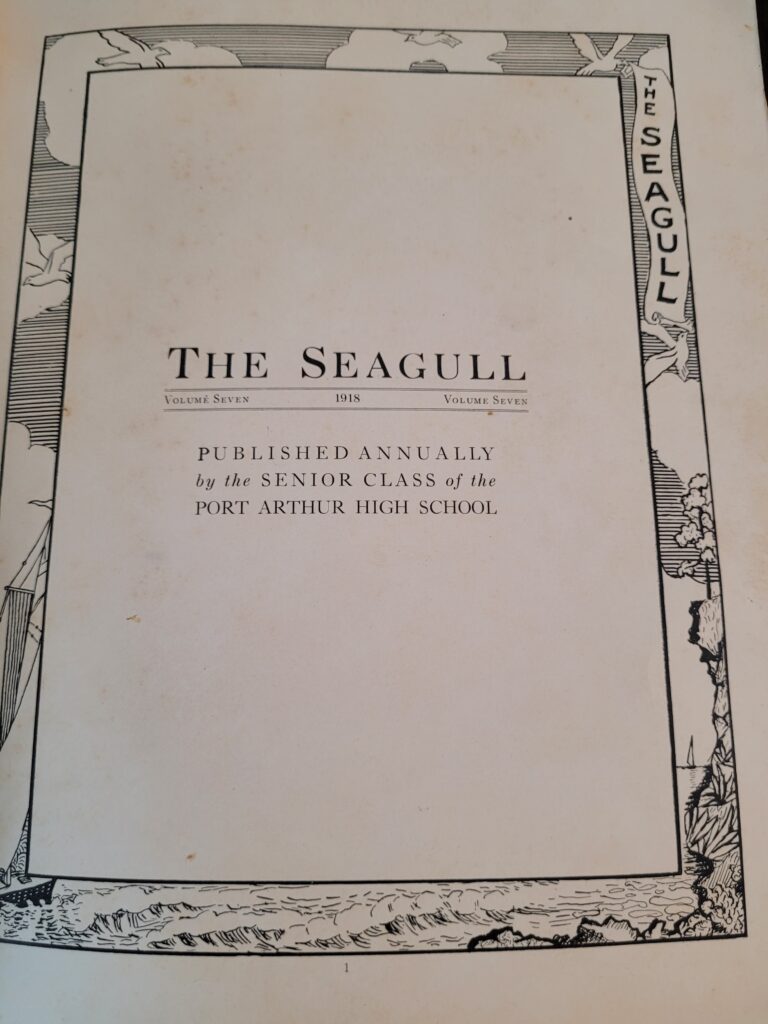

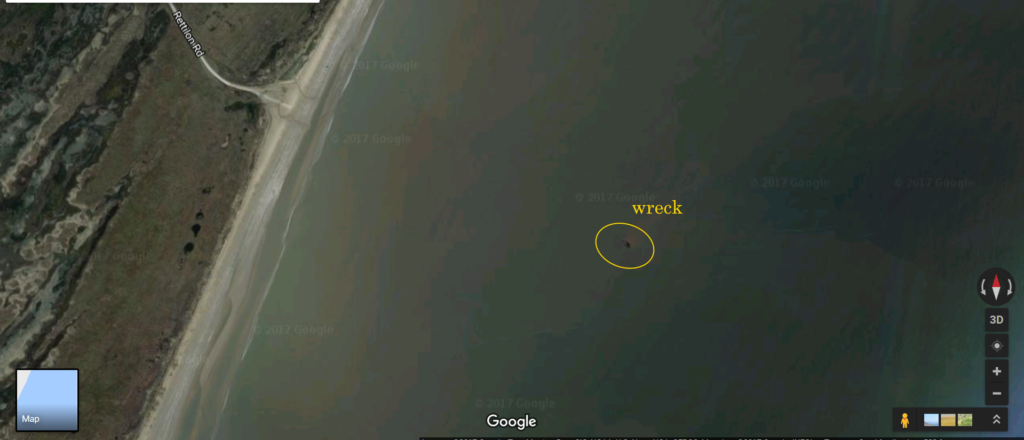
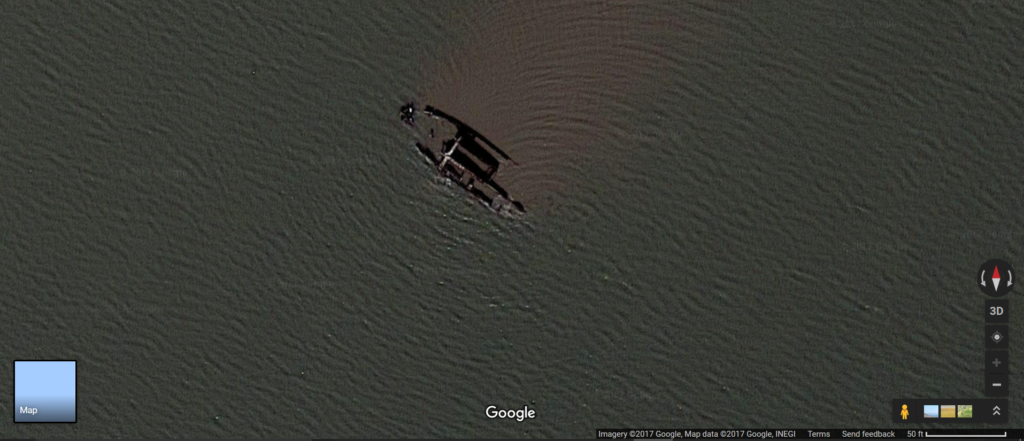
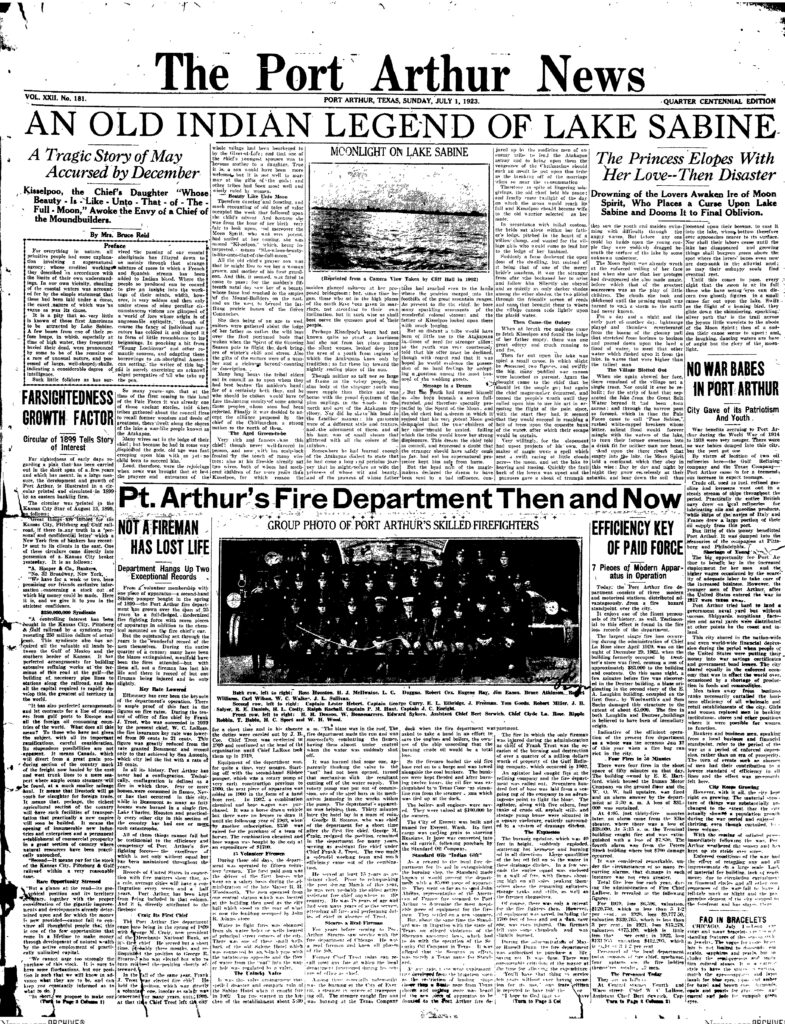
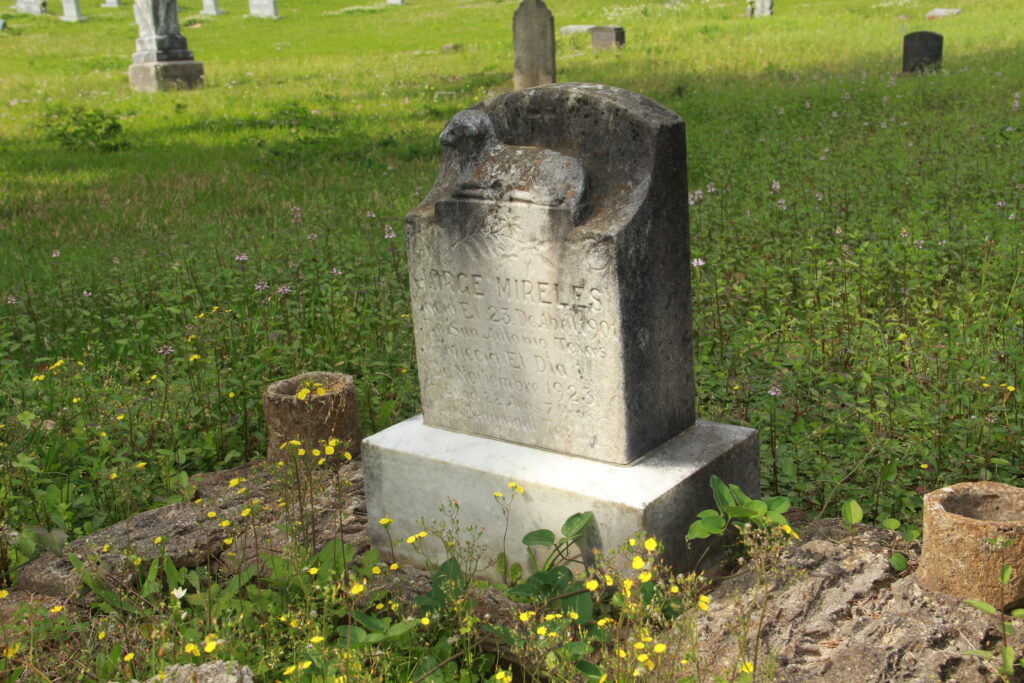
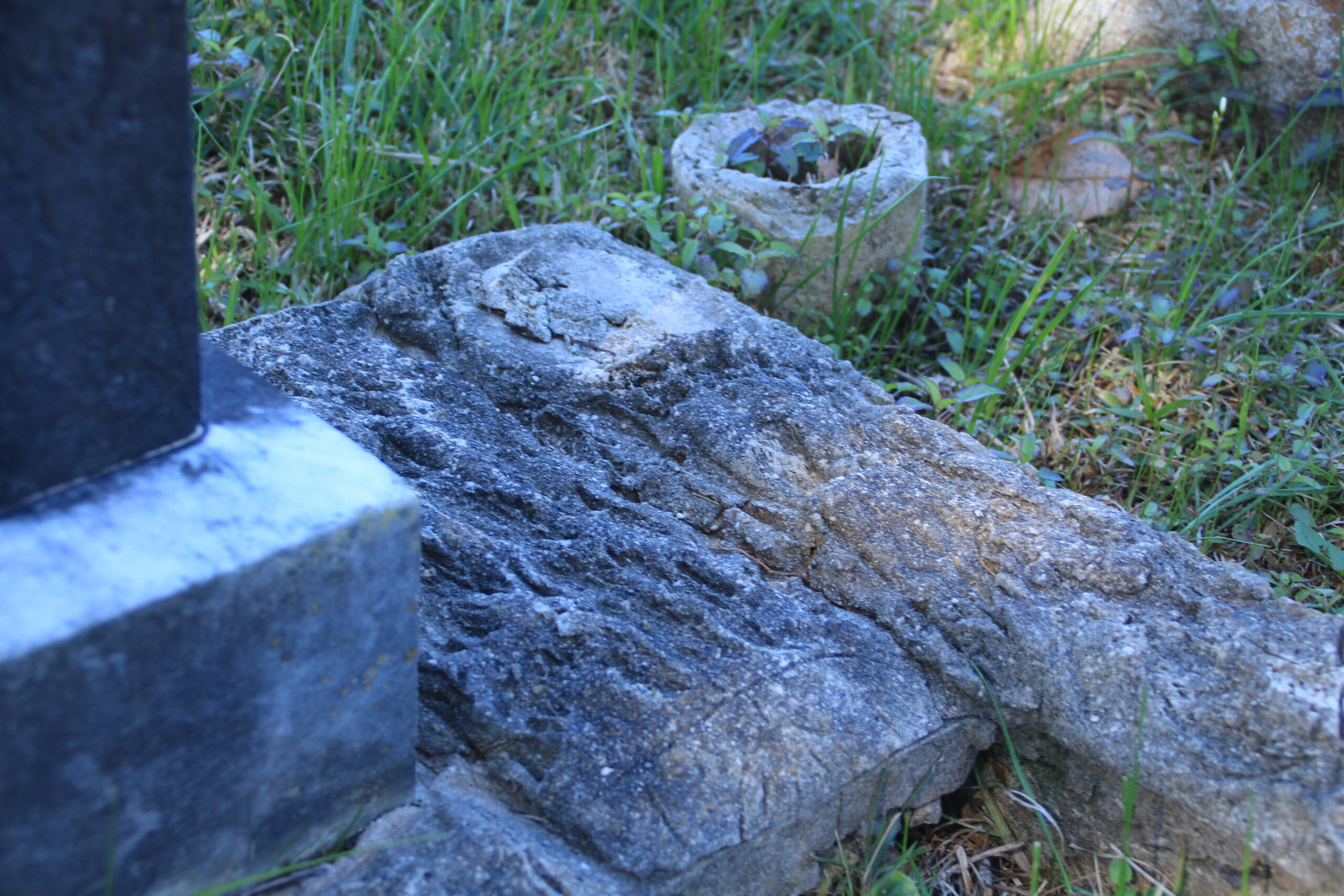
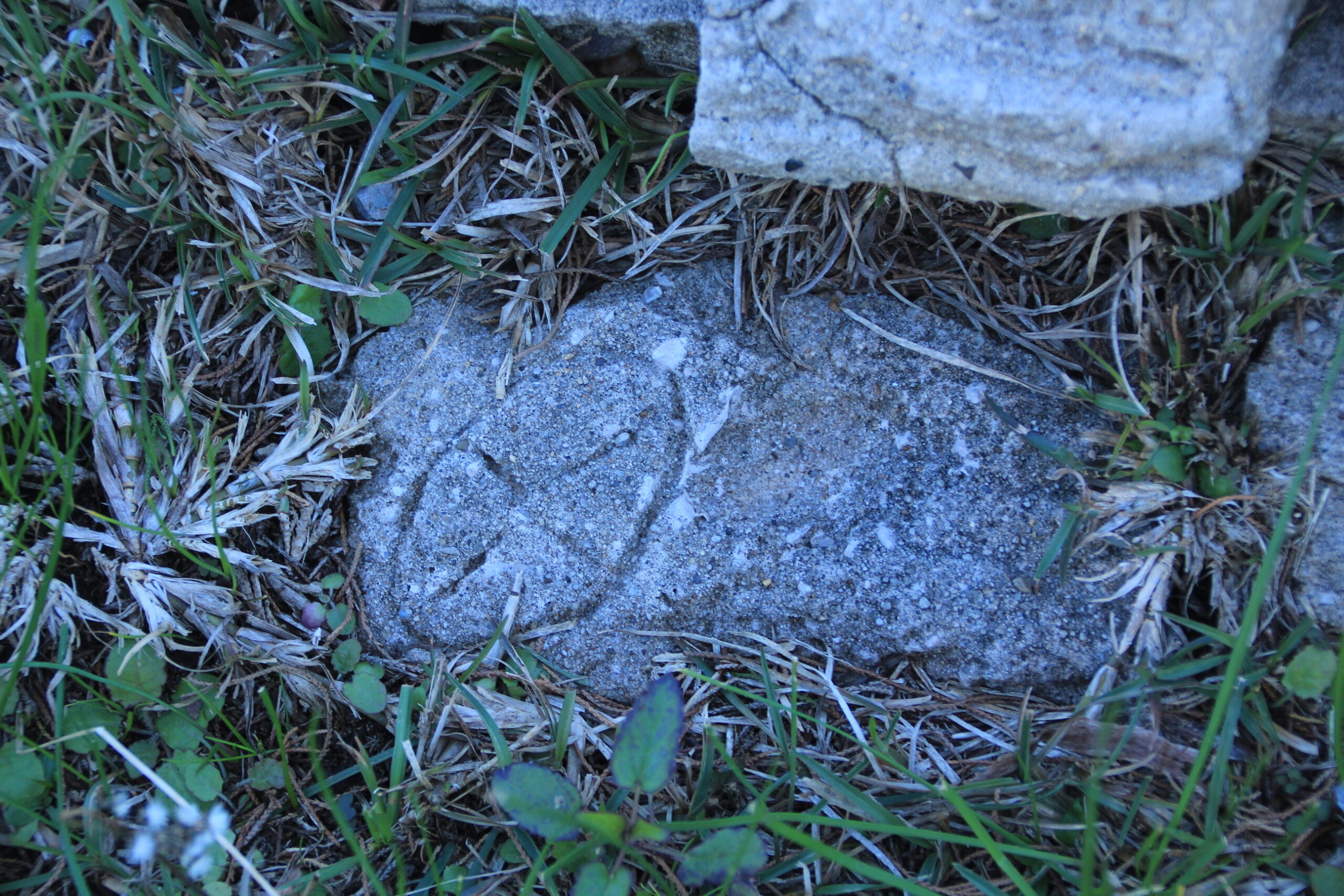
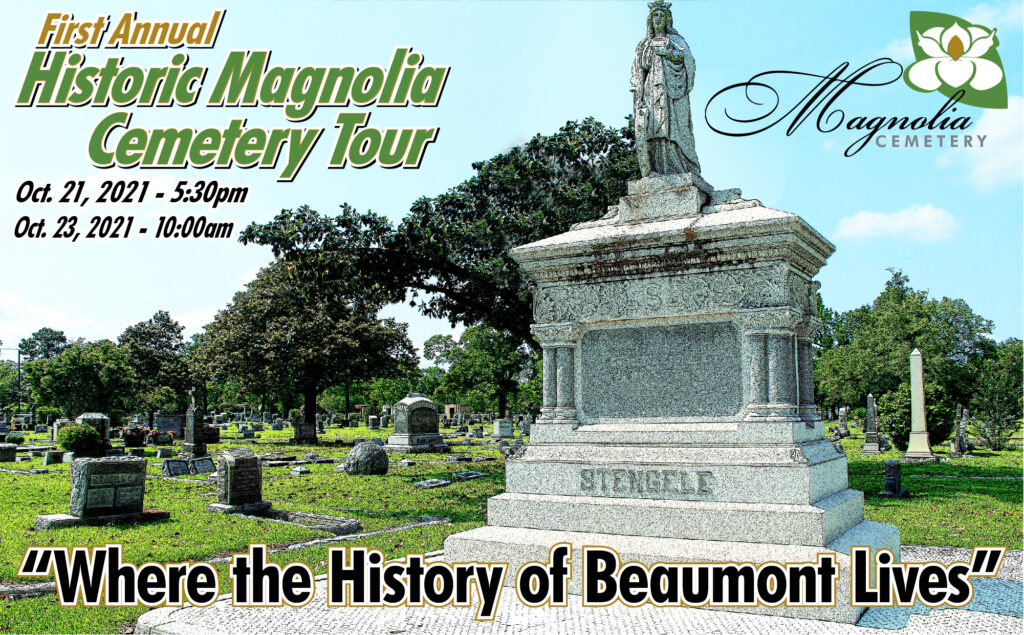
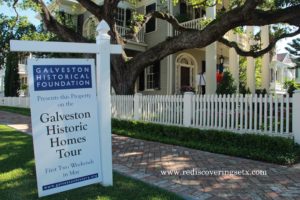
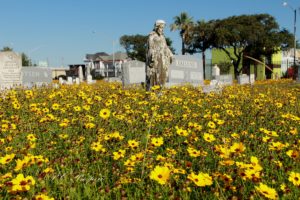
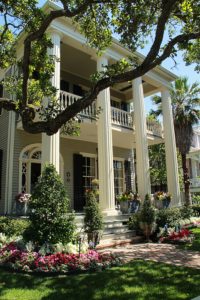
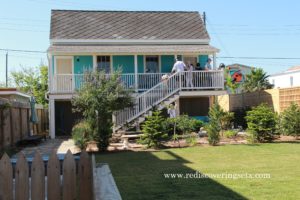
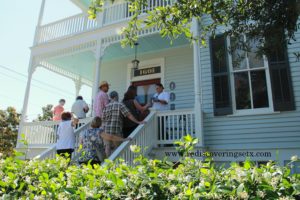
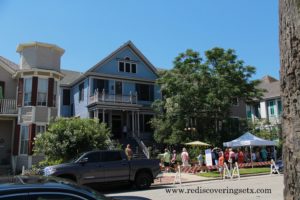
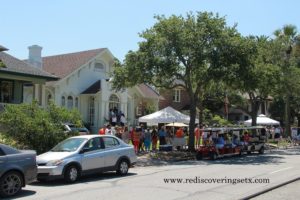
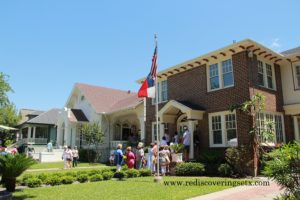
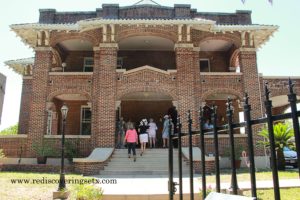
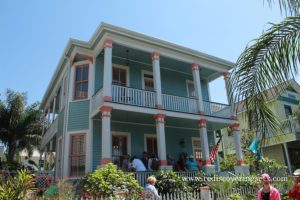
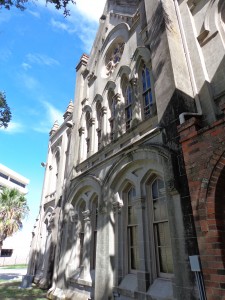
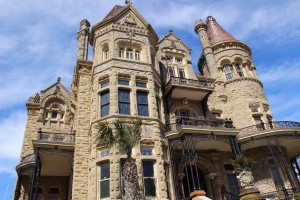
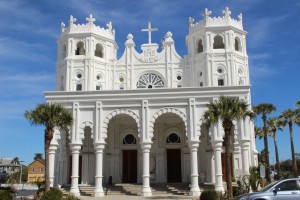
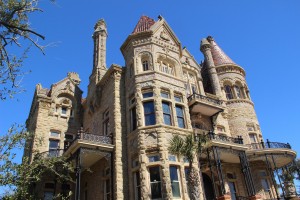
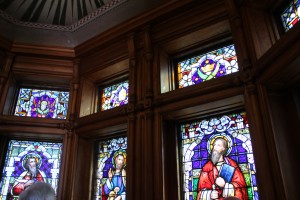
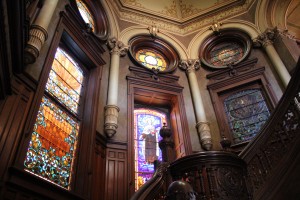
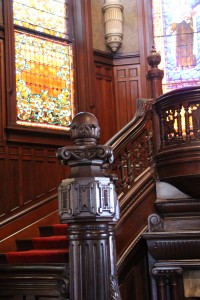
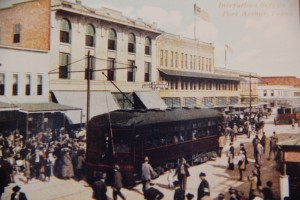
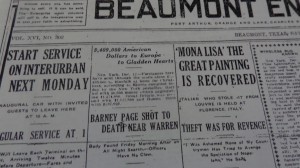
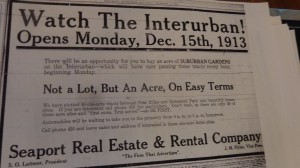
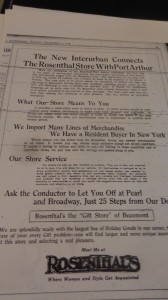
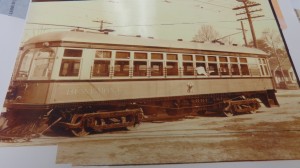
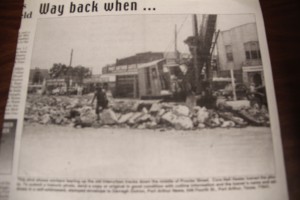
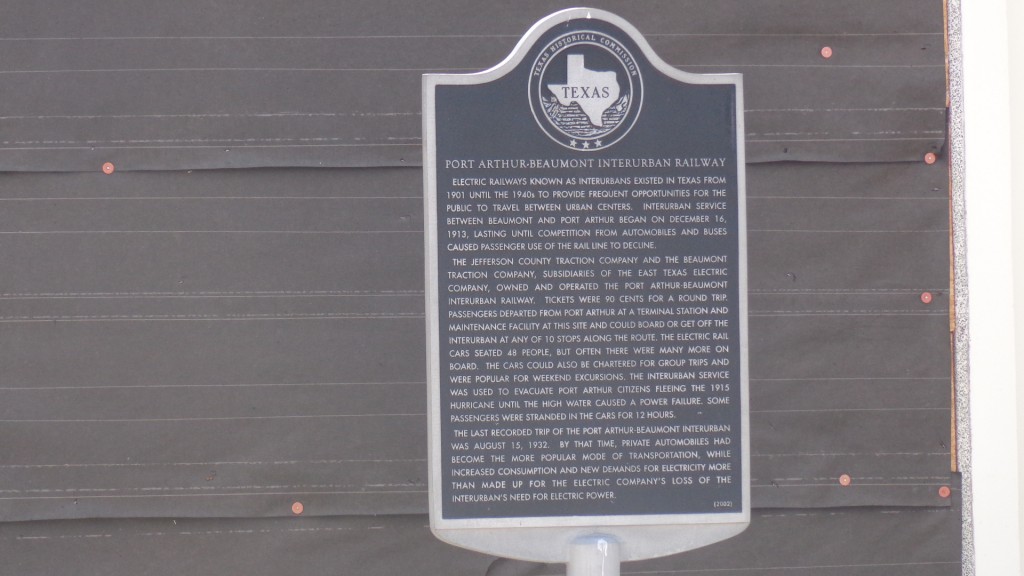

You must be logged in to post a comment.